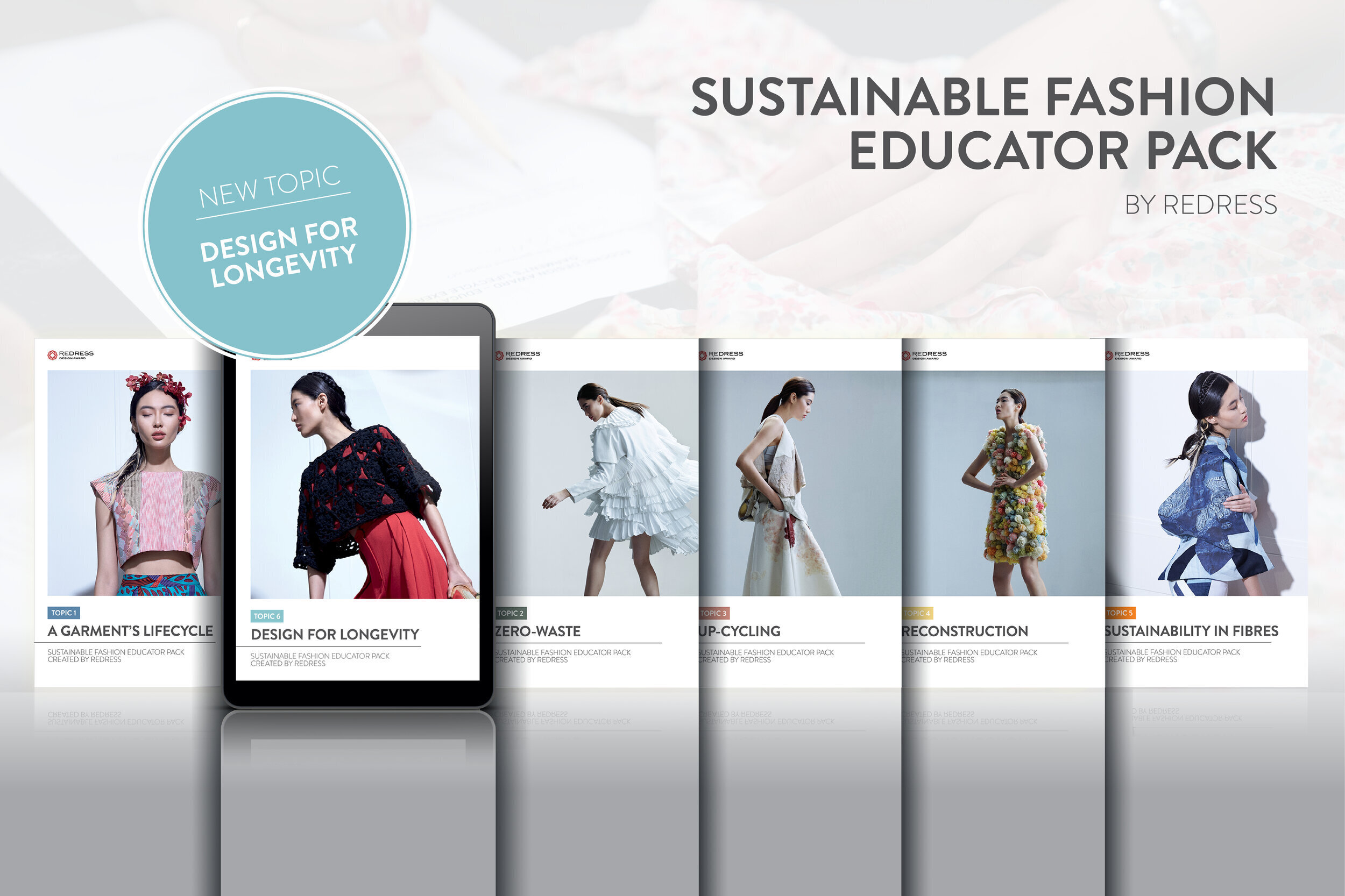Textile Production
Resources
Textile Production
Fibres should be transformed into yarn and fabric while minimising water, chemical and carbon footprints. Explore the resources to learn more about industry processes, certifications and impact tracking tools.
In this case study, learn why planning the life cycle for your products involves mapping out your materials in order to allow for circular business models.
Here are some places to build your community and network with those suppliers and resources who make it their business to work with better materials. We hope this will support your sourcing needs, enabling you to contact them directly and learn about their products and services. This directory will be reviewed often, to keep you updated on available resources.
In this case study, Camilla talks about why fibres are so important to design decisions and how to take control by understanding their lifecycle.
This guide provides an introduction to the key role of fibres in the circular fashion system and gives you an overview of the environmental impact of natural and man-made fibres.
This guide presents to you examples of pre-consumer and post-consumer waste textile. You will understand their sources, how to recapture their value, along with tips on how to source waste textile.
This guide provides an overview of the reconstruction design technique. You will learn about the different waste streams for reconstruction and how to develop reconstructed designs.
On this interactive website, create your very own pair of jeans and see its environmental impact while learning about innovations that are transforming fashion sustainability.
This guide provides an overview of the upcycling design technique. You will explore the use of different types of textile waste and how some brands upcycle in scale.
Explore how Eastman, Naia™ cellulosic fibre’s manufacturer, has paired responsible sourcing with low impact manufacturing processes to develop a high-performing yarn that offers a sustainable alternative to designers.
Read on External resources for where to find more inspiration!
Teaching Material
The pack is updated every year with new relevant content.

What are included in the pack:
✔ Case Studies
✔ Exercises
✔ Project Briefs
✔ Sources
✔ Slideshow Materials





















